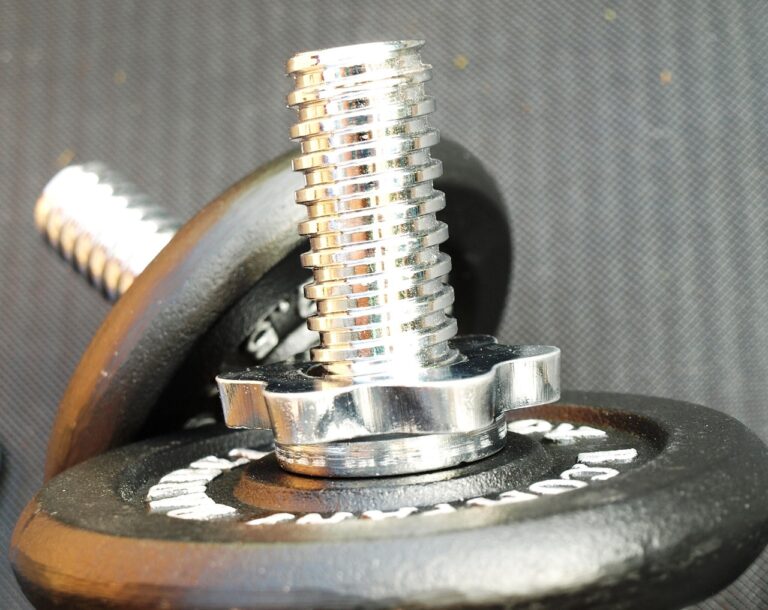Innovations in Prosthetics: Enhancing Mobility and Quality of Life
Prosthetic technology has come a long way in recent years, revolutionizing the lives of those who have lost limbs due to injury or illness. Innovations in prosthetics have not only improved the mobility of amputees but also their quality of life, allowing them to engage in activities they never thought possible. In this article, we will explore some of the groundbreaking advancements in prosthetic technology that are changing the lives of amputees around the world.
The Evolution of Prosthetics
Prosthetic limbs have been used for centuries, dating back to ancient civilizations that crafted rudimentary artificial limbs out of wood and metal. However, it wasn’t until the 20th century that prosthetic technology truly began to advance, thanks to developments in materials science, robotics, and engineering.
Advancements in Materials
One of the key innovations in prosthetic technology has been the development of advanced materials that are both lightweight and durable. Traditional prosthetics were often heavy and uncomfortable, making them difficult to wear for extended periods. Today, materials such as carbon fiber and titanium are commonly used in prosthetic limbs, providing a lightweight yet strong alternative to traditional materials.
Improved Mobility
Advances in robotics and computer technology have also led to significant improvements in the functionality of prosthetic limbs. Modern prosthetics can now be equipped with sensors and microprocessors that allow amputees to control their artificial limbs with incredible precision. This technology, known as myoelectric control, uses signals from the user’s muscles to move the prosthetic limb in a natural and intuitive way.
Enhancing Quality of Life
Perhaps the most significant impact of advancements in prosthetic technology is the improvement in the quality of life for amputees. Prosthetic limbs are no longer just functional devices; they are now designed to enhance the user’s overall well-being. From prosthetic limbs that can adapt to different activities to waterproof prosthetics that can be worn in the shower, these innovations are making a real difference in the lives of amputees.
Future Developments
The field of prosthetics is constantly evolving, with researchers and engineers working on new technologies to further improve the quality and functionality of artificial limbs. Some of the exciting developments on the horizon include brain-controlled prosthetics, regenerative prosthetics that can integrate with the user’s nervous system, and 3D-printed prosthetic limbs that are custom-made for each individual.
FAQs
1. How do myoelectric prosthetics work?
Myoelectric prosthetics use sensors to detect electrical signals in the user’s muscles. These signals are then converted into movement commands for the prosthetic limb, allowing the user to control it with incredible precision.
2. Can prosthetic limbs be worn in water?
Yes, there are now waterproof prosthetic limbs available that can be worn in the shower or while swimming. These prosthetics are specially designed to withstand exposure to water without being damaged.
3. How are 3D-printed prosthetics made?
3D-printed prosthetic limbs are created using a process called additive manufacturing, where a computer-controlled printer deposits layers of material to build up the final product. These prosthetics can be customized to fit the user’s unique anatomy, resulting in a more comfortable and functional artificial limb.
Overall, innovations in prosthetic technology have made incredible strides in recent years, offering new hope and possibilities for amputees around the world. With continued advancements and research, the future of prosthetics looks brighter than ever, promising to further enhance the mobility and quality of life for those in need.







